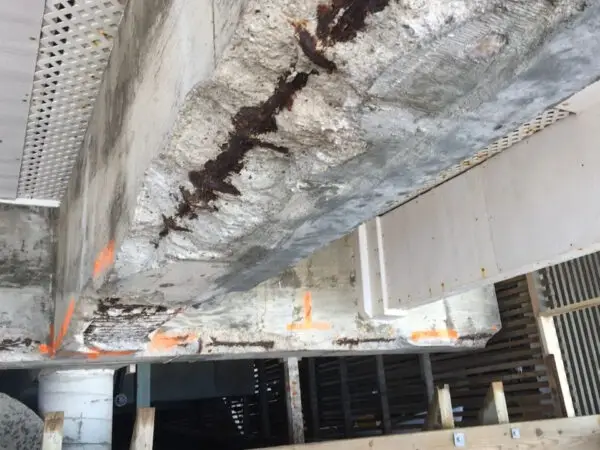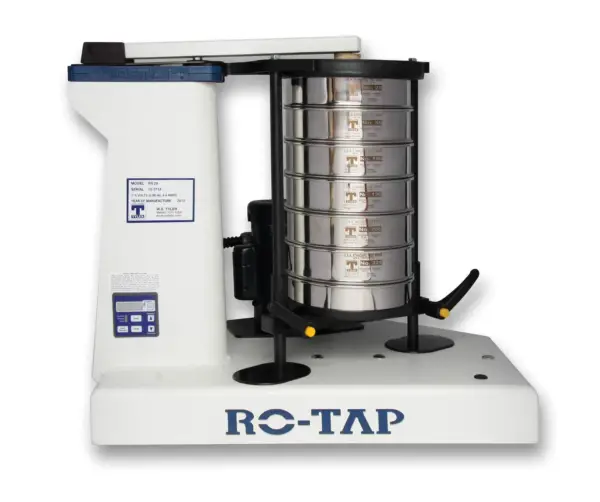- Aggregate impact value is the measure of the resistance of an aggregate to sudden shock or impact.
- This test is conducted to determine the toughness of aggregates.
- This test helps to evaluate the quality of aggregates which can be used in road construction.
- The specifications for this test are given in IS : 2386 Part IV 1963 mechanical properties.
Procedure
- The aggregates used for this test should pass through IS 12.5 mm sieve and should retain on IS 10 mm sieve.
- The oven dried sample should be filled by one- third full and tamped with 25 strokes by a tamping rod.
- The above procedure is repeated until the cup is finally filled to overflowing, tamped 25 times and the excess aggregate is struck off.
- The net weight of the aggregate is determined as (A).
- A total of 15 blows are delivered to the upper surface of the aggregate by the hammer which is raised and freely released on the aggregate sample.
- The crushed aggregate is removed from the cup and the whole of it is sieved on 2.36 mm sieve.
- The fraction passing through the sieve is weighed as (B) and the fraction retained on the sieve is weighed (C).
- If the total weight (B+C) is less than the initial weight (A), the result shall be discarded and a fresh test made.

Aggregate Impact Value (AIV) = B/A x 100
Where B = weight of aggregate passing through 2.36 mm sieve
A = weight of the oven – dried sample
Note
AIV should not be more than 45% for use in concrete other than wearing surfaces, and 30% for concrete used for wearing surfaces such as roads, runways and pavements.







